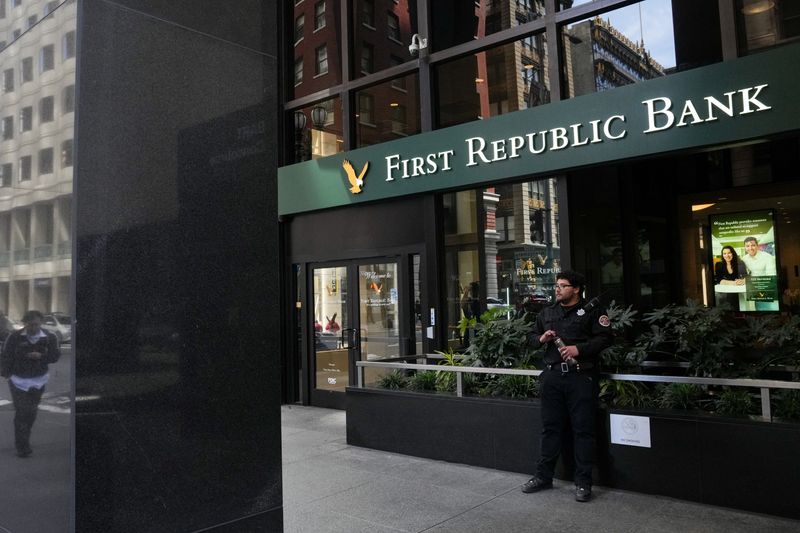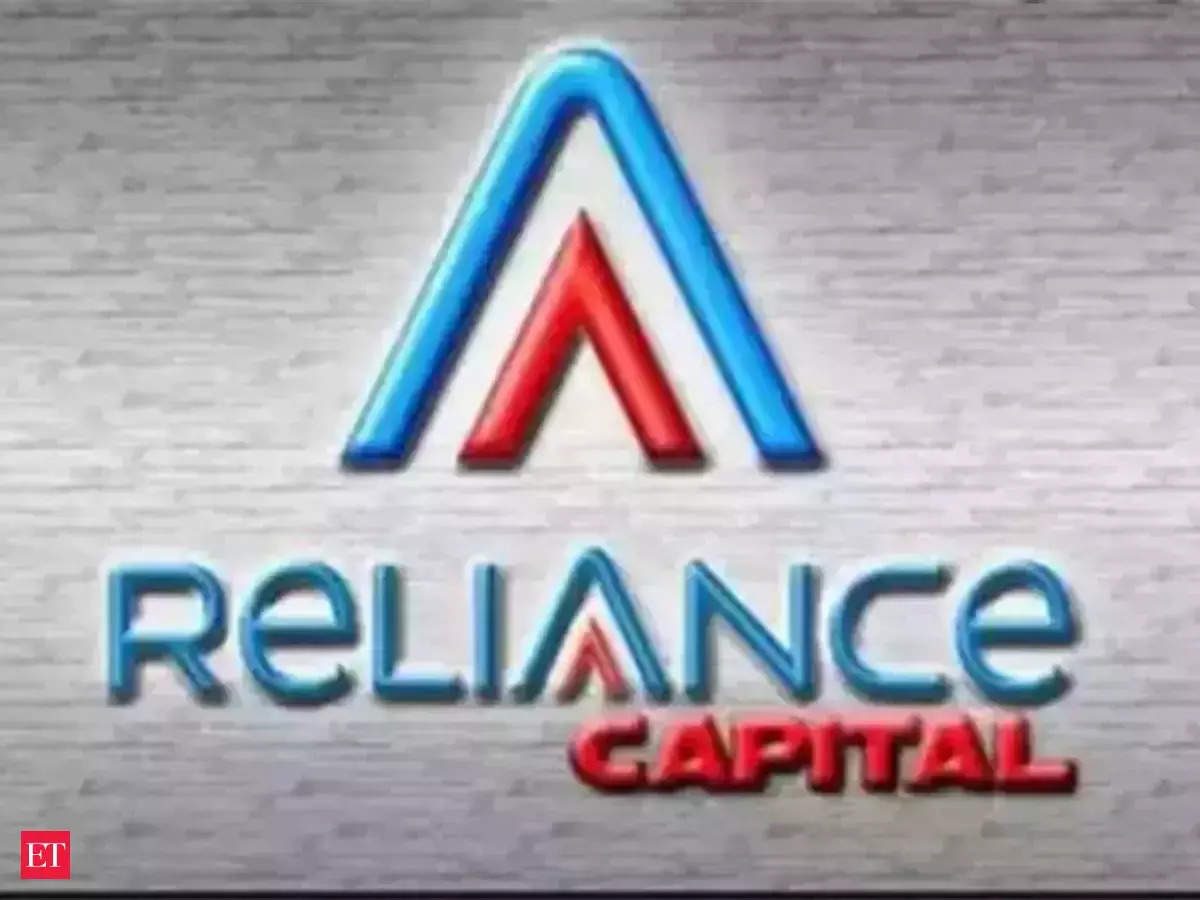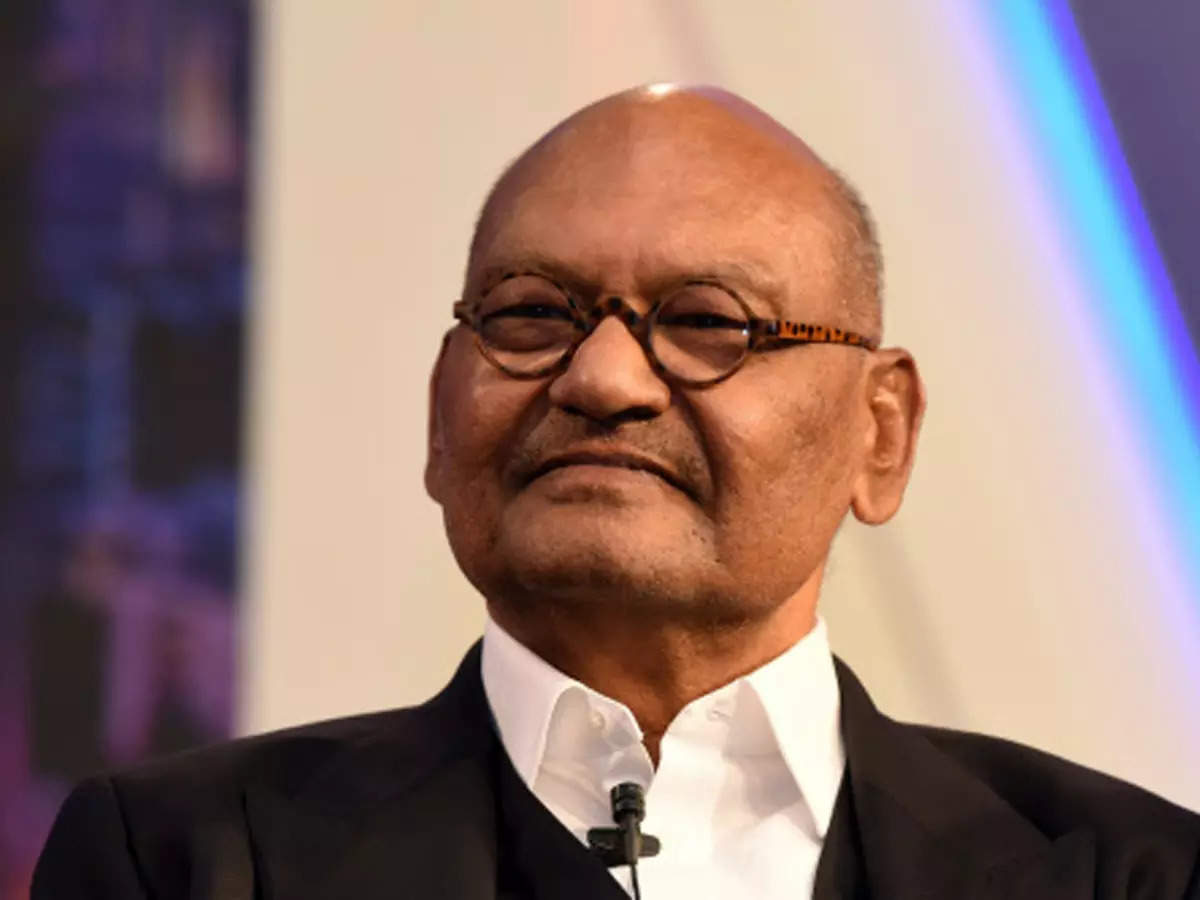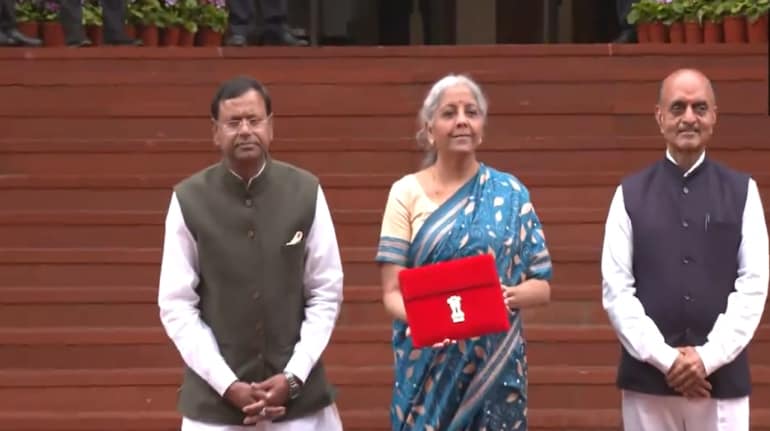Mining mogul Anil Agarwal is pushing ahead with an aggressive plan to raise oil and gas production, expand output of metals like zinc and aluminum, and foray into semiconductor manufacturing, undeterred by concerns about debt levels at the company. Raised in Patna, Agarwal, who dropped out of school at 15, started his business in Mumbai in 1976 as a scrap-metal dealer. Now he runs a mining and metals empire that spans Britain, India, Africa and Australia. In an interview with PTI, he said mining can help India prosper as tapping into below-the-ground natural resources will not just cut dependence on imports but also create jobs and increase prosperity. Vedanta, the company he founded and is chairman of, has ambitious plans to raise production across the business -- from oil and gas to zinc and aluminum. "We will be producing in two years time 300,000 barrels of oil (and oil equivalent gas) and in 4-5 years' time 500,000 barrels," he said. In the fiscal year that ended March 31, 2023, Vedanta produced 142,615 barrels of oil and oil equivalent gas, primarily from its Rajasthan assets. Production of zinc, whose demand alongside steel is growing exponentially as the Indian economy expands, is targeted to be tripled to around 3 million tonnes from assets in India and South Africa. "Demand for zinc is increasing. We are looking at South Africa and here (in India) together to cater to the demand-supply gap and to produce around 3 million tonnes at the cost of USD 1,000 per tonne," he said, adding aluminum too is seeing a 20 per cent year-on-year growth. Vedanta produced 2.3 million tonnes of aluminum in the 2022-23 fiscal year. Agarwal says while there is much talk about new metals like lithium and cobalt, which are key ingredients for making batteries and panels for EVs and renewable energy, without metals the country cannot prosper. EVs and renewable energy sources will require five times more copper, aluminum and zinc, he said. "We require most urgent attention on mining. In India we have not done (enough) exploration," he said. "More and more below the ground we look at, more and more we will be richer and better off." Vedanta is targeting to become a USD 100 billion company by 2030 from the present USD 20 billion with new planned investments in sectors like zinc and oil and gas. The company is also making an entry into manufacturing semiconductor and display fabs. Semiconductors, on which India is heavily reliant on imports to meet its needs, are used in virtually every electronic item -- from cars to mobiles and TV sets. Agarwal said the first semiconductor from the planned factory in Gujarat will be rolled out in two-and-a-half years times. The oil-to-metals conglomerate has formed a joint venture with Apple supplier Foxconn to make chips. Vedanta has a total planned investment of USD 20 billion for two separate units for chip (semiconductors) and display manufacturing. Private equity wants to be part of India's semiconductor expansion and there was no shortage of funds, he said. India estimates its semiconductor market will reach USD 63 billion by 2026, compared with USD 15 billion in 2020. US commerce secretary recently stated that it is looking China-plus-one model to avoid supply chain disruption. And for this there can be "no better manufacturing hub than India", he said. India spends Rs 3.6 lakh crore annually on imports of oil and gas, electronics and other items. This can be reversed through increased exploration within the country and local manufacturing, he said. Agarwal said India's per capita income should rise to USD 5,000 from the current USD 2,000. This can happen if natural resources are explored, imports reduced and more jobs created. "Why should India remain a third-world country," he asks. Asked about financing and technology tie-ups for the semiconductor plants, he said USD 1.5 billion has been allocated by the group, which should be sufficient to meet the initial roll-out requirements. "People are standing with bags of money, money will never be a constraint," he said. "We have a fantastic partner in Taiwan's Foxconn... other licences (required for chip manufacturing) we have to take. It is an ongoing process. It will start," he said. He dismissed concerns about paying upcoming debt maturities, saying the group generates enough cash flows every year to meet all its obligations. Agarwal built the large natural resources group using borrowed money to buy distressed assets from the government and mining companies around the world. It has two main assets: a 50.1 per cent stake in Mumbai-listed Vedanta Ltd and a 79.4 per cent holding in KCM, a copper mine and smelter in Zambia, which has been seized by the government. Vedanta Ltd in turn controls Hindustan Zinc and Cairn Oil & Gas as well as aluminum, zinc and copper assets. Besides his business, Agarwal wants to start a university and address malnutrition in children by providing healthy meals to 8 crore children.
Vedanta's Anil Agarwal presses on with plan to raise oil, zinc output - Moneycontrol
Read More


















